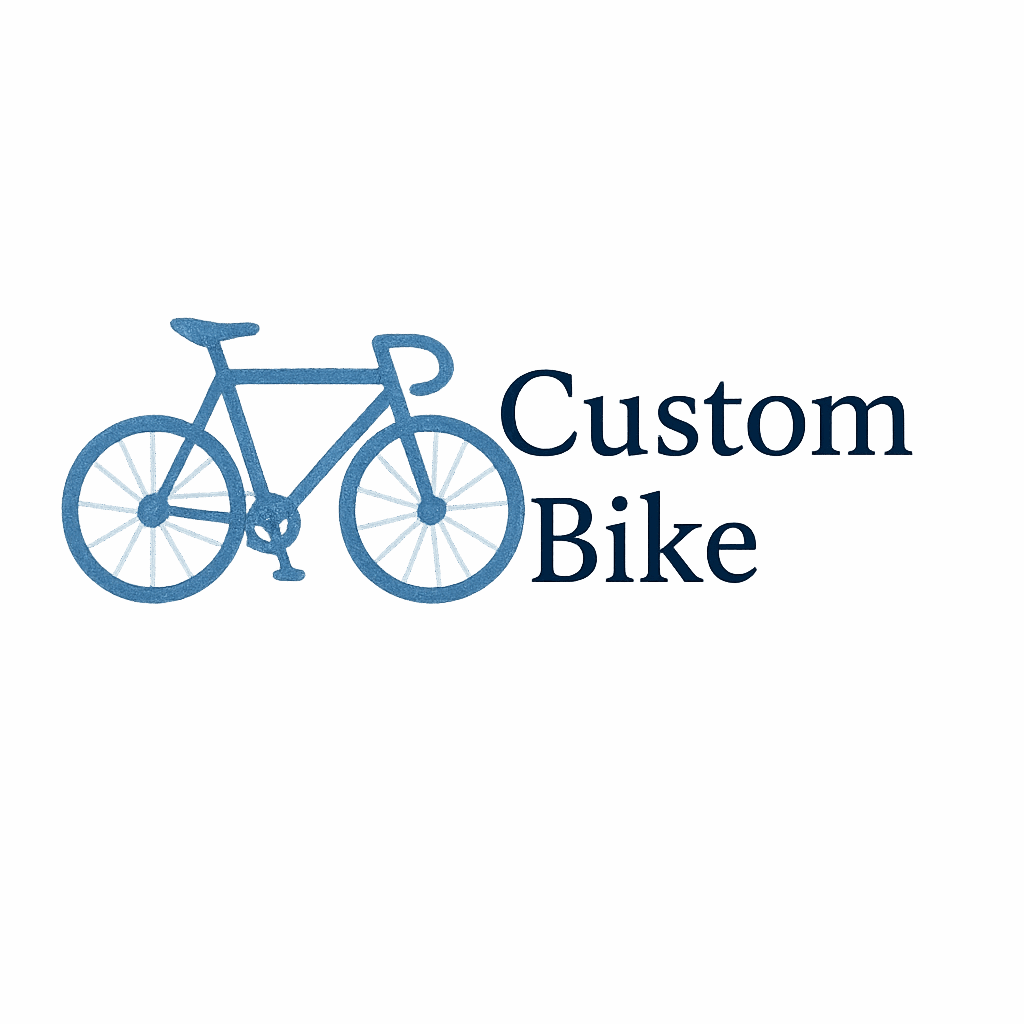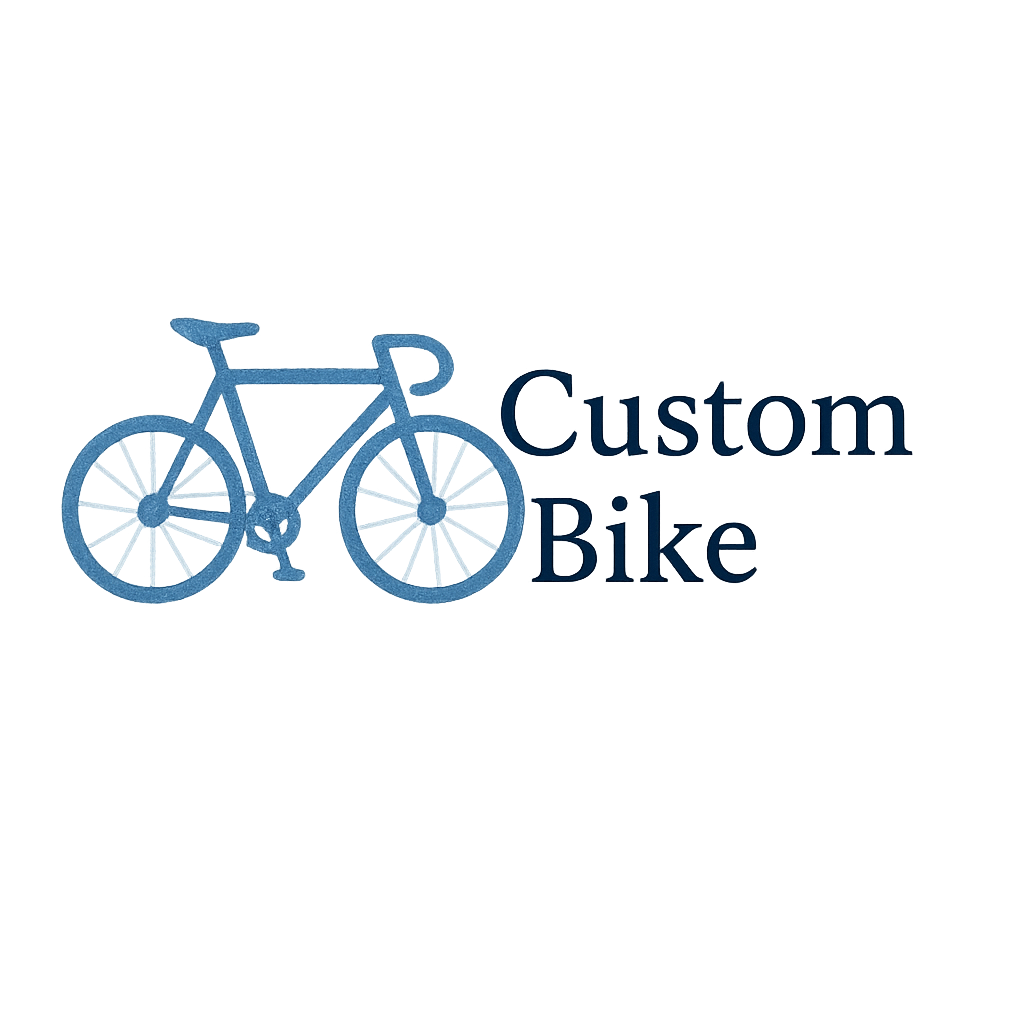If you’re building a mountain bike from the ground up, there’s one feature you definitely don’t want to overlook — the suspension. Choosing the right suspension isn’t just about performance — it’s about crafting a ride that fits your body, terrain, and style like a glove. Let’s break down the 6 suspension options for custom mountain bikes that’ll transform your project from average to exceptional.
Why Suspension Matters in Custom Mountain Bikes
Performance and Comfort on Trails
Imagine hitting a rocky downhill trail with no suspension. Ouch. The right suspension absorbs shock, boosts control, and helps maintain traction. It can mean the difference between a ride that’s wild fun… and one that’s just wild.
Suspension and Customization Synergy
Custom mountain bikes are all about freedom of choice, and suspension is where your build becomes uniquely yours. Whether you want lightweight performance or trail-eating plushness, you’ve got options. And trust me, choosing the right setup changes everything.
Want to explore more components that affect ride feel? Dive into bike parts and custom bike building.
Understanding Suspension Basics
Before we explore specific types, let’s get a grip on the basics.
Front vs. Rear Suspension
- Front suspension: Found in most mountain bikes, especially hardtails.
- Rear suspension: Comes into play in full-suspension bikes, delivering extra comfort and control.
Travel Distance and Damping
- Travel: How far the suspension can compress (measured in mm).
- Damping: Controls the rate of compression and rebound, crucial for ride control.
Need a quick explainer? Visit our bike-building tag section.
1. Hardtail Suspension
What Is a Hardtail?
A hardtail bike has a suspension fork up front but no rear suspension. It’s a popular choice for many custom builders due to its simplicity.
Benefits of Hardtail for Custom Builds
Lighter Frame Weight
Without a rear shock and pivot points, hardtails are lighter. That’s gold for climbers and cross-country riders.
Cost-Effective Builds
Hardtails generally cost less, letting you splurge on high-end components like drivetrains or brakes. Check out some essential items to pair with your hardtail.
2. Full Suspension
The Core of Full Suspension
Full suspension bikes include both front and rear shocks, ideal for soaking up bumps on technical trails.
Best Use Cases in Custom Mountain Bikes
Trail Riding
Looking for a smooth ride over rocks and roots? Full suspension is your best buddy.
Enduro and Downhill Custom Setups
These disciplines demand rear travel and stability, and full-suspension builds handle this like a dream. You’ll want to consider performance upgrades for the full effect.
3. Coil Suspension
Durability and Consistency
Coil shocks use steel springs and are known for predictable performance — especially when things get rowdy.
Why Some Riders Swear by Coil Shocks
They offer a buttery-smooth feel, even under extreme conditions. If you’re building for gnarly downhill runs, coil might be your weapon of choice. Dive deeper into tuning tips for better performance.

4. Air Suspension
Lightweight and Adjustable
Air shocks are filled with — you guessed it — air. They’re light, and you can fine-tune them using a shock pump.
Air vs. Coil: Which to Choose for Your Build?
- Choose air for XC and all-around trail use.
- Opt for coil if your bike’s mission is tackling aggressive descents.
Want more insights? Check our tag on bike design and smooth rides.
5. Electronic Suspension
How Smart Suspension Works
Electronic systems use sensors and microprocessors to automatically adjust suspension on the fly — literally reading the trail.
Worth It for High-End Custom Builds?
Absolutely — if your budget allows. This cutting-edge tech turns your bike into a trail-sensing machine. Learn more under custom bike care and bike performance.
6. Inverted Suspension Forks
What Makes Inverted Forks Unique
With the stanchions on the bottom and sliders on top, inverted forks improve bending stiffness and reduce unsprung weight.
Are They Right for You?
They shine in downhill racing and aggressive riding. If you’re after high-end custom swagger, they’ll definitely turn heads.
Get inspired in our art bikes and custom paint galleries.
Choosing the Right Suspension for Your Build
Terrain Consideration
- XC terrain? Go hardtail or air suspension.
- Technical trails? Full suspension or coil might be better.
Budget and Maintenance
Don’t forget the ongoing maintenance and part replacements. Suspension isn’t just a one-time cost.
Explore more in our bike maintenance section.
Custom Suspension Tuning Tips
Finding the Perfect Setup
- Adjust air pressure or spring preload for your weight.
- Tweak rebound and compression damping based on trail feel.
Browse more how-to build guides and bike project tips.
Maintenance Hacks for Longevity
- Clean seals regularly — dust is your enemy.
- Replace fork oil and shock fluid seasonally.
Check out our guide on bike cleaning for deeper insight.
Final Thoughts
Suspension isn’t just about comfort — it’s your trail-side partner. Whether you’re going minimalist with a hardtail or tech-heavy with electronic suspension, your choice will define your ride’s soul. Don’t rush the decision — research, ride, and revise until it feels right.
Visit Emporium Bikes for more on custom builds, parts, and styles.
FAQs
1. What’s the best suspension for beginners building a custom mountain bike?
Hardtail with air suspension is a great start. It’s cost-effective and simple to maintain.
2. Are full-suspension bikes harder to maintain?
Yes, they have more moving parts, but Emporium’s maintenance guide makes it easier.
3. Can I switch from air to coil suspension later?
Definitely! As long as your frame is compatible, you can upgrade later.
4. Is electronic suspension really worth the money?
If you’re into high-performance riding and love tech, it’s a game-changer.
5. What terrain benefits most from coil shocks?
Rough, aggressive downhill and enduro trails.
6. How often should I service my suspension?
Every 50–100 hours of riding, or as recommended by your manufacturer.
7. Where can I get inspiration for my custom build?
Check out our inspiration and bike hacks pages for creative ideas.


